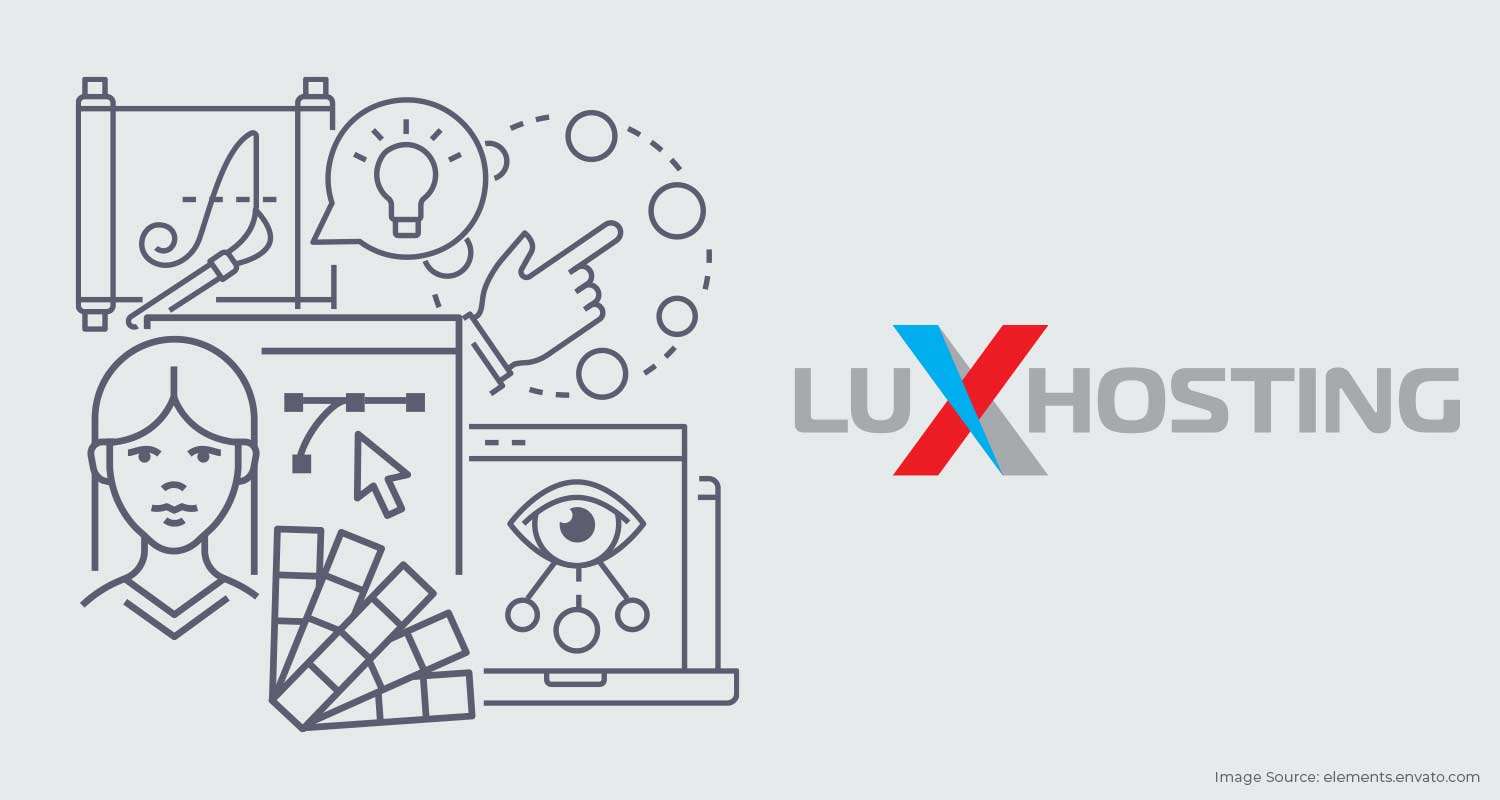A Distributed Denial of Service (DDoS) is one of the most serious and dangerous types of cyber-attacks. It uses multiple systems to floods websites with illegitimate traffic that not only slows down your website but also makes it inaccessible to persons making genuine requests. So we'll take a look at what a DDoS attack is, how to identify it and provide the most effective DDoS attack prevention methods to help you.
What is a DDoS Attack?
DDoS attack is a more advanced version of a DoS attack. In the sense that a DoS or Denial of Service attack uses a single system to send requests to overwhelm, your website with more traffic than the network or server is able to accommodate. Whereas the extra ‘D’ in front of DoS, stands for distributed. A DDoS uses multiple systems and networks stretched across thousands of computers that all attack at once. The traffic sent to your website during a DDoS attack usually consists of requests for connections, incoming messages or fake packets. Sometimes a DDoS attack starts out as ransomware, threating victims with a DDoS attack. The ultimate aim of a DDoS attack is to leave your website inoperable. Read more about the cost of cyber attcks in this article. There are three basic categories of DDoS attacks:
- Volume-based attacks: Use illegitimate high traffic to overwhelm the network bandwidth
- Protocol attacks: main focus in the exploitation of server resources
- Application attacks: This is the most sophisticated and serious type of attacks which focus on exploiting web applications The categories a DDoS attack falls under is based on the amount of traffic and the particular vulnerabilities being targeted.
Common DDoS attacks
Here is a list of 5 types of DDoS attacks used by attackers to cripple websites:
1. Ping of Death
Ping of Death (PoD) manipulates IP protocols by sending malicious packets of data across networks to a system. There is a size limit for these packets. Attackers use this to their advantage and divide the packets into smaller units, which are referred to as fragments. Whenever the targeted system tries to reassemble the original oversized packets, it gets overwhelmed and crashes or reboots. This type of DDoS is not as popular as it was a decade ago but still exists.
2. Slowloris
A Slowloris attack targets web servers and allows attackers to connect with a web server keeping the connection open for as long as possible with HTTP flooding. They do this until the website on the server cannot stay online any longer. This DDoS attack requires minimal resources.
3. SYN Flood
An SYN Flood exploits the vulnerabilities of the Transmission Control Protocol (TCP) connection sequence. TCP is a type of protocols that enables data transmission between applications over an IP network. In an SYN flood, spoofed messages are sent to another computer requesting to establish a connection. If this SYN is accepted by the second machine then an ACK is sent back to the address. This is known as a three-way-handshake. In an SYN Flood the attacker will keep the connection open, causing the target server to crash and go offline.
4. Teardrop Attack
For a teardrop DoS attack to occur the attacker sends oversized IP data packets to the targeted victim system in the form of fragments. As a result, it’s impossible for the victim to reconstruct the fragments as it’s too big. This causes the system to crash.
5. UDP Flood
In UDP Flood, the User Datagram Protocol (UDP) is used to send communication referred to as datagrams between computer applications over an IP network. It’s a connectionless protocol because it doesn’t require any communication in advance between sender and receiver. In a UDP flood, attackers use packets of datagrams to swamp random ports on the victim’s network or computer. It eventually overwhelms the victim’s system.
Why Are DDOS Attacks Bad For Your Website?
The impact of DDoS attacks on your website far surpasses revenue; however, that too is a major effect of this kind of attack. It also has the ability to damage a company’s brand severely. Think wider about the different kinds of systems that an attacker can hit, such as Hospitals, financial institutions, governments and the military. The havoc that DDoS has and can wreak on not just individual companies but nations can be frightening. Some attackers with political motives launch attacks on government sites or the websites of individual candidates running for office. While attacks are sometimes done or ordered by business competitors in an attempt to paralyse another company and steal customers.
How to Recognise a DDOS Attack
There are definitely definitive indicators of a DDoS attack. However, you will find that these signs are similar to other issues you may experience with your computer, caused by a virus or slow Internet connection. This sometimes makes it hard to figure out if you are indeed being attacked without a professional diagnosis. However, there are signs you can look out for and these include:
- Slow or delayed access to files, locally or remotely
- A long-standing inability to gain access a particular website
- Internet disconnection
- Issues accessing websites
- Overly excessive spam emails By themselves, these signs do not stand out as a DDoS attack. However, if you are experiencing two or more of them over a prolonged period, it’s highly likely that you have fallen prey to a DDoS attack. At this point you'll wish you have one of our DDoS attack prevention method in place. So, let's dive in to examine the most effective DDoS attack prevention methods for website owners.
DDOS Attack Prevention Methods
Because the effects of DDoS attacks can be so catastrophic, it’s important that you implement security tools and software to protect your website. Start by identifying you are being attacked. Because the sooner you establish a DDoS attack, the sooner you can stop it in its tracks. Many DDoS attacks start out as sharp spikes in traffic. Just ensure that you are able to tell the difference between legitimate increased traffic and the start of a DDoS attack. So, what can you do to limit web hosting security risks from DDoS attacks:
1. Designated DDoS Watchman
Appoint a designated person to watch out for possible DDoS attacks with the responsibility of taking action in the event that there is actually a DDoS attack.
2. Overprovision bandwidth
It’s an unwritten rule of thumb that you make provisions for more bandwidth than you currently need. This kind of foresight makes it possible to accommodate unexpected surges in traffic, whether it is from an advertising campaign, or the dreaded DDoS attack. How exactly does extra bandwidth help you if there is a DDoS attack? An overprovision of even 100 percent bandwidth will not stop a DDoS attack. However, it can give you extra time to act before the attack gets to overwhelm your resources completely. Without this extra bandwidth, your website would immediately crash or go offline.
3. Implement Network Deference Measures
There are a few simple things that you can do to partially mitigate the effect of a DDoS attack. These include:
- Rate-limiting your router to stop your Web server from being overwhelmed
- install filters that tell your router to drop packets from observable sources of attack
- aggressively timeout all half-open connections
- drop malformed or spoofed packages
- set lower ICMP, UDP and SYN flood drop thresholds
4. Create a DDoS playbook
One of the most effective ways to be sure your organisation reaction time to stopping DDoS attacks is quick and effective is by creating a DDoS playbook. This playbook should document in detail all the pre-planned steps in response to an attack. It should also include the names and contact information of all the necessary persons who form your DDoS ‘fight team’. You can also include the help of DDoS mitigation companies. They can help with developing and/or refining of a rapid corporate procedure for an attack.
Final Thoughts
DoS and DDoS attacks are extremely dangerous is that their effects can be catastrophic and difficult to recover from. When your website becomes unreachable, customers will go elsewhere causing you to lose revenue as well. It also damages the performance, reliability of your business, which lowers your SEO ranking. It’s important to be vigilant and consider web hosting security risks and mitigation solutions. DDoS attack prevention is difficult but by implementing the tips mentioned above, you’ll be able to protect your website. If you are ready to create your website, bear these DDoS attack services prevention in mind. At LuxHosting, we offer the most secure webhosting options in Luxembourg. We have different packages to fit your need and budget.



